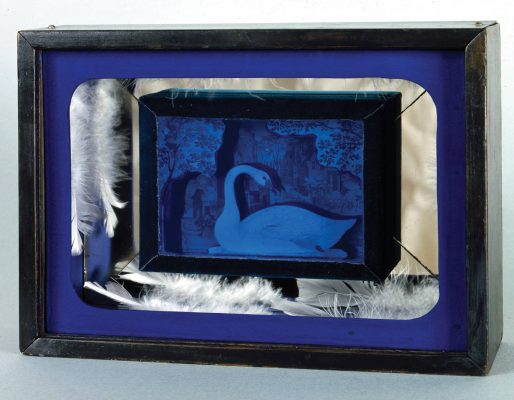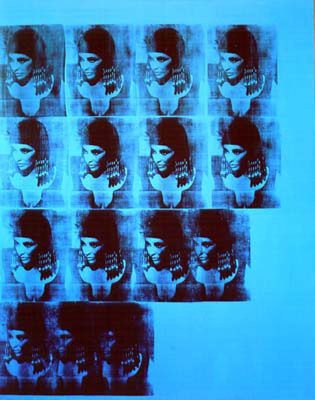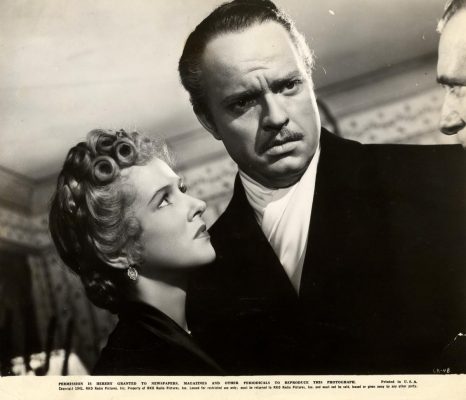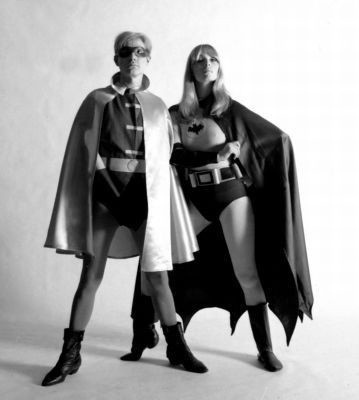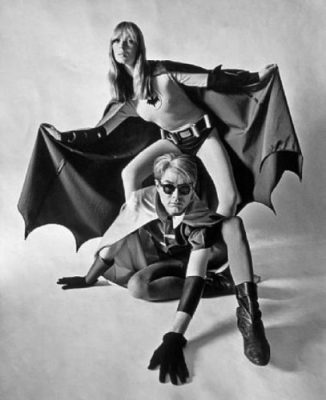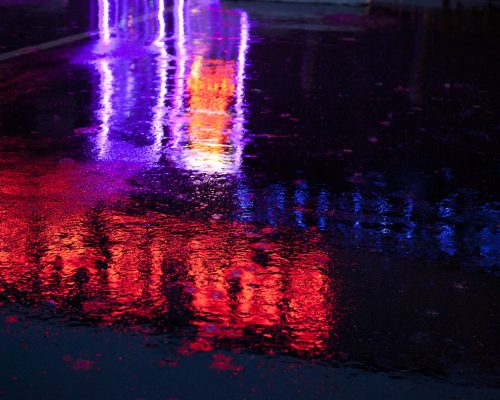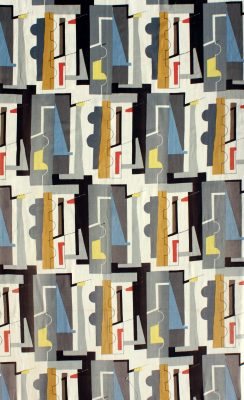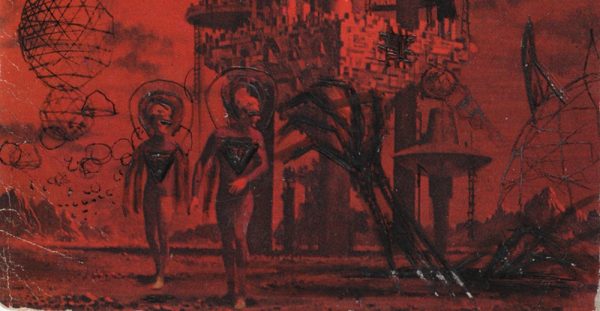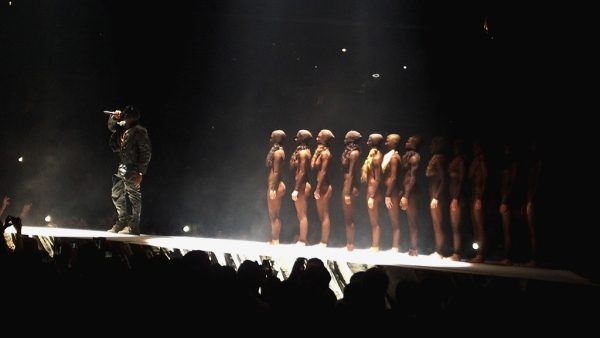Perhaps what’s gathered here is not an interview at all. Precisely what it is, we’ll think about in a moment but first, the familiar, giddy ritual of introductions. I think I should introduce Wayne Koestenbaum with great ceremony, the sort that might have anticipated the arrival of some of his great, glamorous past subjects like Jacqueline Kennedy Onassis, Judy Garland or Maria Callas. Or else I should opt for something bright, anarchic and bawdy, echoing the kind of introduction that might have heralded the entrance of Harpo Marx (another of his much-loved subjects… or objects?) whilst still performing in vaudeville. Taken with this particular approach, I’ve found a suitable soundbite, borrowed from his pal Bruce Hainley which describes his work as resembling ‘a late night drunken three-way between Joan Didion, Roland Barthes, and Susan Sontag’, all present and correct though we might add to this ménage-a-trois the poet Frank O’ Hara, or Georges Bataille at his most mischievous, making room for Walter Benjamin no doubt somewhere in the shadows.
The best introduction, maybe, is simply his work. Wayne Koestenbaum is the author of many books including The Anatomy of Harpo Marx (2012), a heroic undertaking in which every frame of Harpo Marx’s onscreen appearances is analysed as per Koestenbaum’s dictum, ‘We commit a cruelty against existence if we do not interpret it to death’; Humiliation (2011), on the varieties and pleasures of shame; Hotel Theory (2007), a typically playful text, half meditation on the cultural history of the hotel, half imaginary dialogue between Lana Turner and Liberace, placed side by side on the page and without the articles ‘a’, ‘an’ or ‘the’; and Andy Warhol (2001), a nonpareil portrait – though ‘case study’ is maybe a more fitting term – of the artist in all his fascinating blankness, which expertly dissects his peculiar body and extraordinary art. He has also authored many books of poetry – including Best-Selling Jewish Porn Films (2006), The Milk of Inquiry (1999) and Rhapsodies of A Repeat Offender (1994) – and works of fiction while teaching at the City University of New York.
So if this isn’t an interview exactly, what is it? Before it began over email in late summer 2012, it seemed obvious that many of the ordinary lines of questioning wouldn’t sire particularly enthralling answers – nothing is more boring anyway than a proper answer. Much of Wayne Koestenbaum’s personal history or anything ‘confessional’ is contained within the work itself. It seemed better to alight on certain recurrent obsessions, scenes and icons, or offer up artworks, photographs or an audio recording for special contemplation. These particular ‘questions’ were undertaken in homage to his great, long-standing ‘Legend’ column in Cabinet. What came in response is a set of vocal exercises, illustrations of his unique, playful writerly voice in all its marvellous – if we might set things at a suitably operatic pitch – coloratura, its virtuosic rush of high and low allusion, sly sotto voce asides, startling metaphor, swoops between registers and hypnotic rhythm. His responses came most often concluded with the words,
Yours, Wayne
